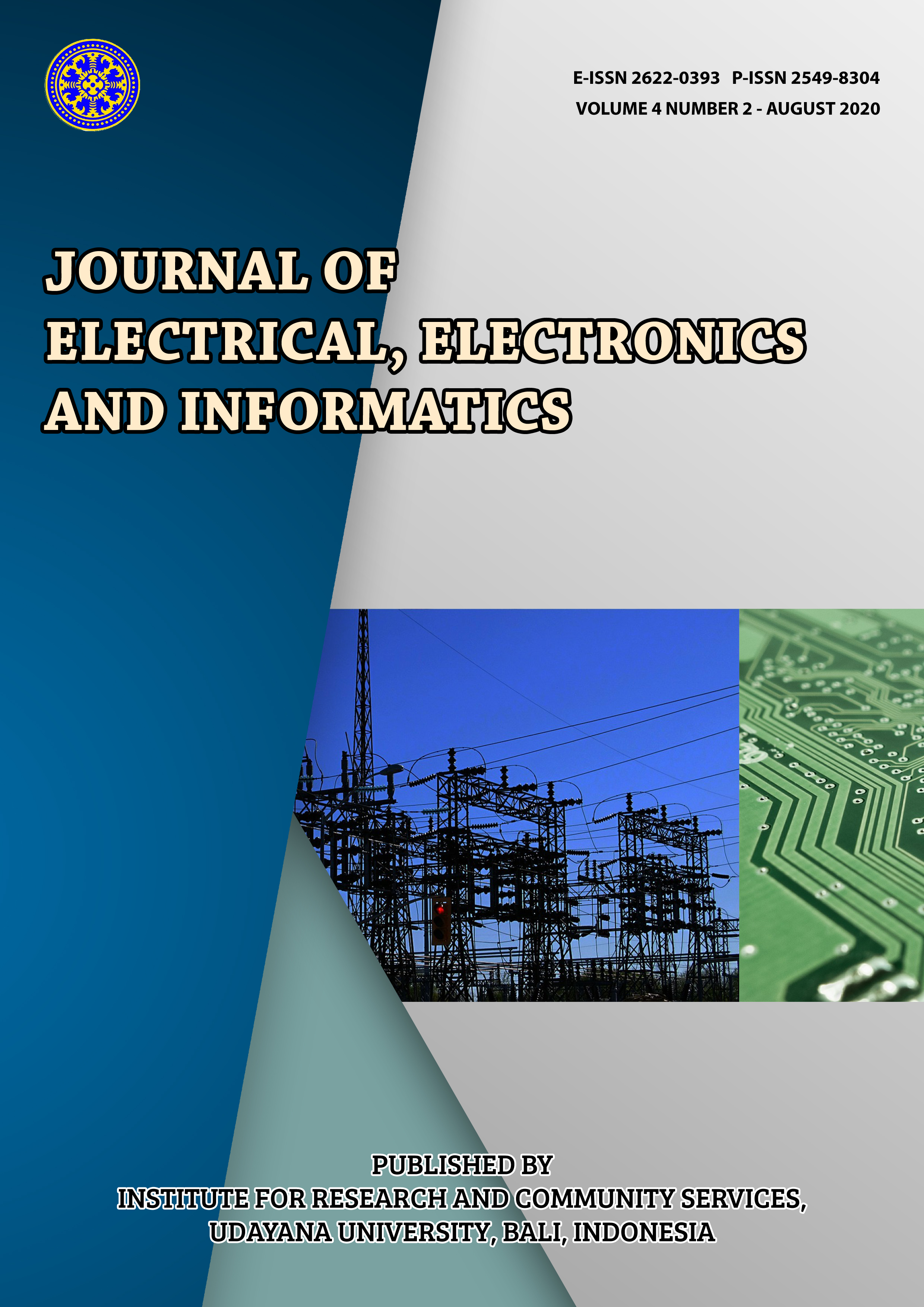Automation Rice and Water Filling System on Rice Cooker Via Internet of Things
Abstract
Working and doing activities often leave someone busy with no time to do other work, such as cooking rice. Cooking rice is easy, but due to time constraints often make someone not have time to do it. This is because to cook rice in the commonly used rice cooker must be done manually. Starting from pouring rice into the pan, measuring the composition of rice and water accordingly, to pressing the warm mode button to cook button. So, to cook rice, users must spend time on the sidelines of work or activities. Based on these problems, it is necessary to design a new system on rice cookers. A system that combines rice cookers, rice storage, and gallons of water in one device. In addition to the new system that was designed, all preparations for cooking rice which previously had to be done manually can now be done automatically which is entirely controlled using a smartphone via the application. The result of this final project is the percentage of the average accuracy of the load cell sensor in calculating the mass of rice that enters the rice cooker which is 97,22% with an average percentage error of 1,41%. The average accuracy of the flowmeter sensor in calculating the volume of water that enters the rice cooker is 97.76% and the average error is 0.97%. The average time needed for sending data from the application to the automation system is 253 ms.
Downloads
References
[2] M. H. A. Pratama, R. Satriatama, P. Pangaribuan, and D. Darlis, “Design and Implementation of Dispenser Water Volume,” Int. J. Res. Appl. Sci. Eng. Technol., vol. 8, no. I, pp. 171–174, 2020.
[3] Jacobus, Liefson, dan Dewi Krisna Gulo, "Rancang Bangun Teslameter Dengan Metode Induksi," JTI UKRIM, vol. 6, pp. 42-47, 2014.
[4] R. Debriand, M. Doloksaribu, and I. Damanik, “Rancang Bangun Timbangan Load Cell Tipe S Design of Weight Sensor Load Cell Type S,” vol. 40, no. 2010, 2018.
[5] A. Cipta, “Aplikasi Sensor Load Cell pada Purwarupa Sistem Sortir Barang,” IJEIS (Indonesian J. Electron. Instrum. Syst., vol. 4, no. 1, pp. 35–44, 2014.
[6] A. K. Gupta, A. Raman, N. Kumar, and R. Ranjan, “Design and implementation of high-speed universal asynchronous receiver and transmitter (UART),” 2020 7th Int. Conf. Signal Process. Integr. Networks, SPIN 2020, vol. 1, pp. 295–300, 2020.
[7] K. D. Kramer, T. Stolze, and T. Banse, “Benchmarks to find the optimal microcontroller-architecture,” 2009 WRI World Congr. Comput. Sci. Inf. Eng. CSIE 2009, vol. 2, pp. 102–105, 2009.
[8] O. Vermesan and P. Friess, “Internet of Things Strategic Research and Innovation Agenda,” Internet Things – From Res. Innov. to Mark. Deploy., p. 143, 2014. ICEE 2019 - 27th Iran. Conf. Electr. Eng., pp. 249–252, 2019.

This work is licensed under a Creative Commons Attribution-ShareAlike 4.0 International License.











